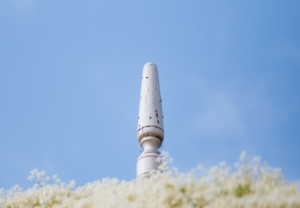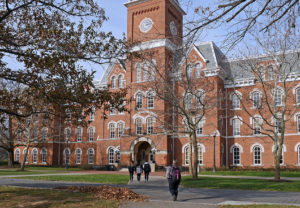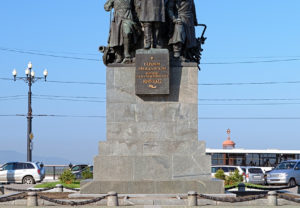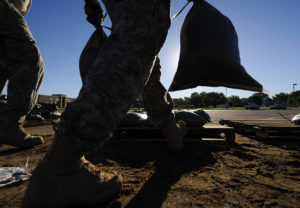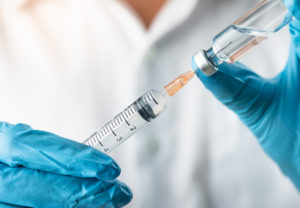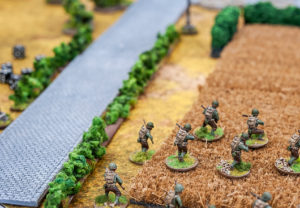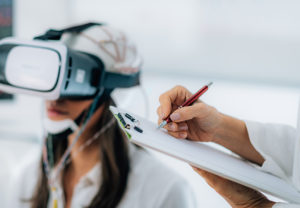“Personally, for me, this project has been one of the most satisfying projects I’ve worked on. Especially since it can help a population that has sacrificed so much for our country.”
***
There are two inconvenient truths that, unfortunately, line up and produce much of the pain, suffering and anguish veterans endure each day. If one were to examine the root causes of every military disability case, this dour formula would arise over and over again.
The first variable of it: according to the scientists at the Uniformed Services University of the Health Sciences, the most frequently-occurring major injuries to soldiers, Marines, airmen, sailors and the like are “soft tissue injuries to skin, fat and muscle.”
The second part? If there’s damage to more than one cubic centimeter of muscle, the human body simply cannot heal it. And despite its most popular current treatments (there are only two) — physical rehabilitation (through braces or even motor devices) and the intensive technique of taking a flab of muscle from elsewhere and implanting it into the injured region — the destruction is, outside of a miracle, pretty much permanent.
The ugly phenomenon as a whole is termed “volumetric muscle loss”, and to say solving it is the white whale of the military medical community would be an understatement.
Not only would a solution would relieve the pain and struggle of thousands upon thousand of veterans, it would open doors in their life where ones are now shut. Jobs. Opportunities. Even sports.
Thankfully, Li Ting Huang, a staff scientist at a biotech company, Acelity, that works with the Pentagon, along with a team, is on it.
And lately, she’s hot on the trail for a brand new muscle regeneration technology. One that actually works.
“There have been a lot of attempts to replace lost muscle. Those generally don’t work too well, because for a muscle to function it needs the enervation, it needs to have nerves running through it. So you need to kind of reconnect all of the nerves and blood vessels as well, to keep the implanted muscle alive and functioning. This is something that is very difficult to do,” the scientist told Smithsonian Magazine.
Using existing biomedical technology known as “wound regeneration” (“negative pressure wound therapy”), Huang is attempting to utilize the powerful tissue of a common farm animal to energize what would be a monumental medical breakthrough.
This from Smithsonian:
She starts with a pig muscle, and uses a proprietary process that strips the tissue of all cell components, which can cause inflammation or even be rejected by the body. The resulting material, called an acellular muscle matrix, looks eerily like real muscle, complete with texture and fibers, except it is pale and almost translucent.
Then, the matrix is surgically implanted, taking care to align it to match the existing tissue. With rehabilitation and therapy to help the existing muscle tissue grow, Huang argues it can mend the muscle back together.
While the proposed method has its detractors and doubters, like researcher and prolific publisher in the field Benjamin Corona, Huang has successfully applied the procedure to rats. Larger animals and hopefully humans, are next.


